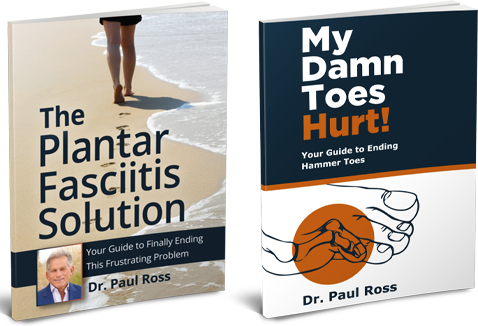 Our Bethesda MD podiatrist says that varicose veins—enlarged, purple or blue veins often prevalent in the lower legs—are not as uncommon as you may think. In fact, roughly 25 percent of all adults experience varicose veins, and women are especially susceptible. Our podiatrist in Bethesda answers what causes these swollen veins and how to prevent them from worsening.
Our Bethesda MD podiatrist says that varicose veins—enlarged, purple or blue veins often prevalent in the lower legs—are not as uncommon as you may think. In fact, roughly 25 percent of all adults experience varicose veins, and women are especially susceptible. Our podiatrist in Bethesda answers what causes these swollen veins and how to prevent them from worsening.
What Causes Varicose Veins? Our Bethesda MD Podiatrist Answers
To understand how varicose veins appear, it is helpful to understand the basics of how blood flow throughout your body. Our Bethesda MD podiatrist explains that blood flows from your heart to the rest of your body through your arteries. It is the job of the veins to make sure that blood cycles back to the heart. This means that veins in your legs are working against gravity. Your lower legs pump blood back up through muscle contractions that act as pumps. Small valves within your veins open and close, which keeps the blood from flowing backward.
When your veins aren’t functioning correctly, blood may pool in your veins instead of continuing to move in the right direction. The blood in varicose veins appears blue as it is deoxygenated and needs to return to the heart and lungs to be filtered. When veins weaken or lose elasticity, the valves are most likely to fail.
Bethesda MD Podiatrist Highlights Varicose Veins Risk Factors
#1–Age
If you are older you are more likely to have varicose veins because your veins have also aged and naturally weakened over time. One way to prevent varicose veins from becoming worse is to be active. Our Bethesda podiatrist says that exercise helps to protect the veins by allowing them to stay stronger longer.
#2–Obesity
Maintaining a healthy weight is a preventative measure that can keep extra pressure off the veins.
#3–Gender
Women are more likely to have varicose veins in large part because of hormonal changes during pregnancy, menstruation, and menopause. These hormones relax the veins, making proper contractions more difficult. Especially during pregnancy, elevating your legs and getting off your feet can be helpful.
#4–Family History
If varicose veins run in your family, your odds of also having varicose veins increase. An active lifestyle and wearing compression stockings can be helpful in prevention.
#5–Standing for Long Periods of Time
Your blood flows best when you spend time in a variety of positions throughout the day. Standing for long periods does not allow for blood pressure changes that allow for an easy flow.
If you have additional questions or concerns about varicose veins, you are welcome to contact our podiatry office in Bethesda MD to schedule a consultation. Be sure to contact your podiatrist if your varicose veins cause discomfort or pain.
The information provided in this article is not meant to be medical advice and is for educational purposes only. If you would like to learn more about this and other topics related to podiatry, feel free to contact The Podiatry Center, with a convenient podiatry office location near Bethesda MD, by clicking here or by calling 301.656.6055.

